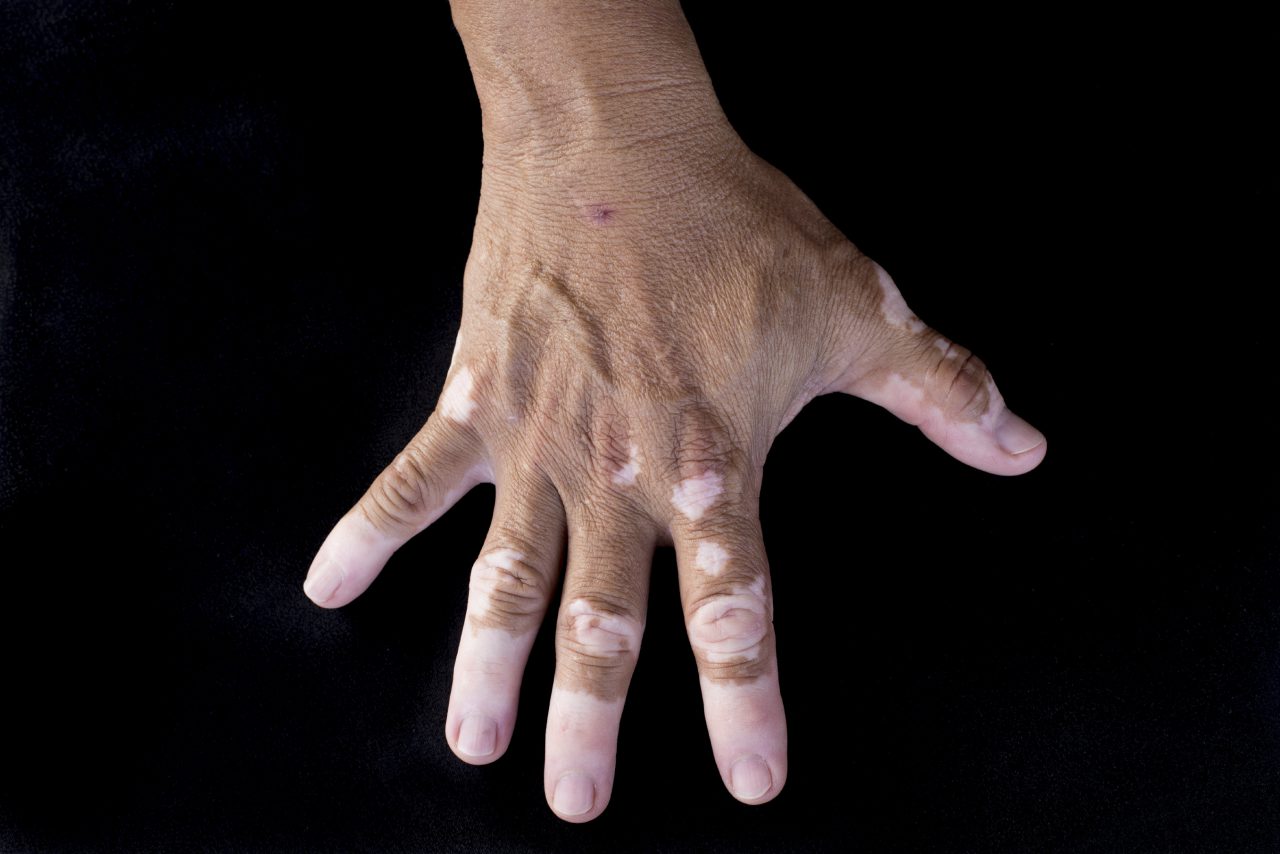Q. How common are albinos?
People get their color from a pigment called melanin. Albinos have no melanin in their skin, hair or eyes.
Albinos suffer from albinism, a rare inherited disorder found in fewer than five people per 100,000 in the United States and Europe. Other parts of the world have a much higher rate. This disorder can occur in any race, but is most common in Caucasians.
Albinos have pale skin, pale blue or pink eyes, and white hair. The disorder also produces abnormal vision and involuntary eye movements.
Albinism is one of a group of skin pigmentation disorders. Here are some of the most common ones:
Age spots
The official name for age or liver spots is “lentigines” from the Latin for “lentil.” These are flat, brown with rounded edges and are larger than freckles. They are not dangerous.
Lentigines are found most often where your skin has been exposed to the sun. They are common on the face and back of the hands. Lentigines tend to increase as we get older.
They can be removed by freezing treatments or laser therapy.
Hemangioma
A hemangioma is a growth made up of a bunch of tiny blood vessels. This birthmark is usually small. Most hemangiomas disappear without treatment. Strawberry (or superficial) hemangiomas are slightly raised. Cavernous (deep) hemangiomas are a bluish color.
Port wine stains
Port wine stains are caused by abnormal development of blood vessels. They areflat and show up as pink, red, or purple marks. Laser therapy is currently the treatment of choice for removing these stains.
Melasma
Melasma, which tends to appear during pregnancy, is characterized by tan or brown patches on the face. This condition is known as pregnancy mask. However, men can also develop this. Melasma can be treated with prescription creams and some over-the-counter products.
Vitiligo
The cause of vitiligo is unknown, but it may involve an attack by the immune system on the cells that produce melanin. Vitiligo causes smooth, white skin patches, usually on the face and the back of the hands. There is no cure for vitiligo. However, skin color may return spontaneously. Corticosteroid creams or phototherapy plus light-sensitizing drugs may darken the skin.
Birthmarks
A baby can develop birthmarks either before being born or soon after birth. The hemangioma is one of the most common types of birthmark. Another common birthmark is the port wine stain.
Macular stains, which appear as mild red marks, can come in two forms: angel kisses, which may appear on the forehead and eyelids, or stork bites, which will appear on the back of the neck.
Most birthmarks are non-cancerous. Some birthmarks can pose health risks. Warning signs include: bluish discoloration of the facial skin and sometimes the white part of the eye, and spots that are bruised or bluish in color, typically appearing on buttocks. All moles should be monitored for bleeding, itching, color, shape or size changes.









